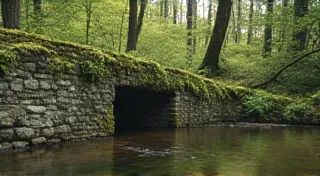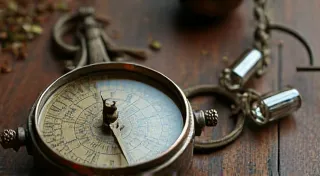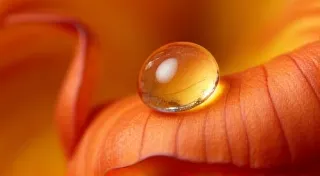The Verdant Labyrinth: Taming the Complexity of Asphodel Herb Gardens
There's a certain melancholy beauty to antique accordions, isn’t there? The way the wood grain whispers of countless melodies played under flickering gaslight, the scent of aged leather and bellows hinting at long journeys and shared moments. Like a dedicated herb garden, particularly one harboring the enigmatic Asphodel, tending to an accordion requires patience, a deep respect for craftsmanship, and a willingness to embrace the complexities within. Both demand a certain vulnerability – exposing yourself to the fragility of something precious and irreplaceable. Asphodel, Narcissus assiduus, isn't just another addition to the herb patch; it's an invitation into a verdant labyrinth, a challenge for the gardener who seeks something beyond the commonplace.
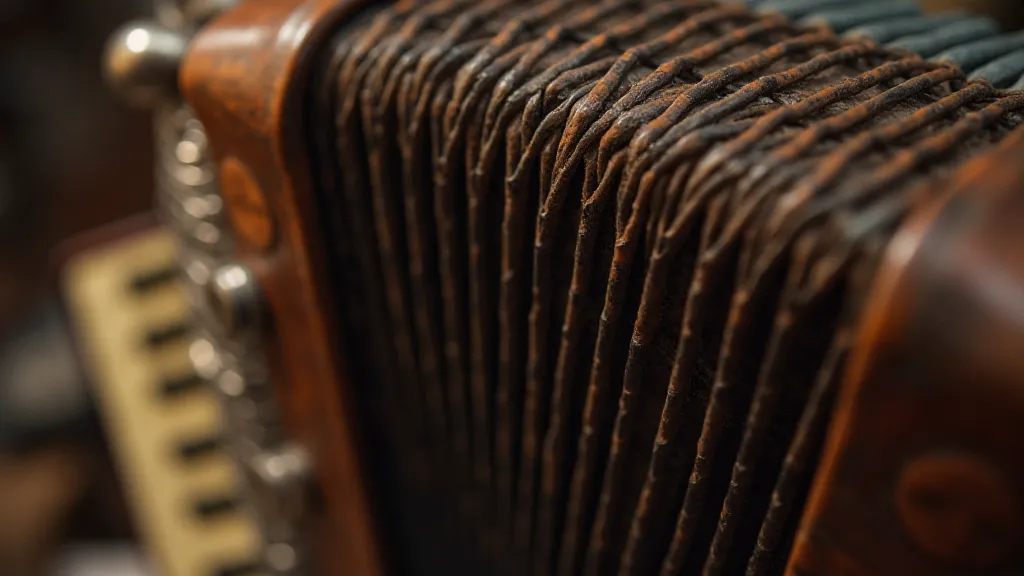
A Glimpse into Asphodel’s History & Character
While the name ‘Asphodel’ instantly conjures images of the Greek Underworld – the fields where shades wandered – its history is far richer and more complex than a simple association with mourning. The plant itself, belonging to the Narcissus genus, has a long history of cultivation, initially valued more for its ornamental qualities than its culinary or medicinal uses. Its resilience, its ability to thrive in difficult conditions – a testament to the stubborn beauty of nature – has earned it a place in folklore across many cultures. The very act of seeking out and cultivating Asphodel, a plant often overlooked, feels like a personal act of remembrance, a quiet rebellion against the relentless tide of homogenization.
Soil, Light, and Propagation: Laying the Foundation
Cultivating Asphodel successfully begins long before the first sprout emerges. Unlike many common herbs that happily adapt to a wide range of soil conditions, Asphodel demands respect. Its roots dislike heavy clay and thrive in a well-draining, slightly acidic loam. Amend your soil generously with organic matter – compost and well-rotted manure work wonders – but avoid overly rich mixes that can lead to leggy growth. Full sun is ideal, though it will tolerate partial shade, especially in hotter climates. Think of it like an old accordion – its delicate mechanisms require a specific environment to function optimally. Ignoring these needs leads to frustration and disappointment.
Propagation is key to expanding your Asphodel collection. Seeds can be sown in spring, but germination rates are notoriously low and require stratification (a period of cold, moist storage). Division is far more reliable. Dig up established clumps in early spring or fall and carefully separate the roots, ensuring each division has healthy roots and a growing point. Replant immediately, keeping the soil consistently moist until new growth appears. This process, like meticulously restoring an accordion, necessitates a steady hand and an understanding of the plant’s internal workings.
Watering & Feeding: A Delicate Balance
Water deeply but infrequently. Asphodel prefers to dry out slightly between waterings; overwatering is a common cause of root rot. Fertilizing isn't a necessity, but a light feeding with a balanced organic fertilizer in spring can encourage robust growth. Again, like the intricate workings of an antique instrument, avoid extremes. Too much water, too much fertilizer – it all throws the balance off. Observe your plants carefully. Their posture, the color of their leaves – these are your clues to their well-being.
Pest and Disease Management: Vigilance and Prevention
Asphodel isn't particularly prone to serious pests or diseases, but vigilance is still essential. Slugs and snails can be a problem, especially on young plants. Handpicking or using organic slug bait can help. Root rot, as mentioned earlier, is a risk with overwatering. Ensure good drainage and avoid planting in areas with poor air circulation. Aphids can occasionally appear; a strong jet of water can often dislodge them. The principles here mirror the care required for restoring an accordion – a gentle touch, preventative maintenance, and a keen eye for detail.
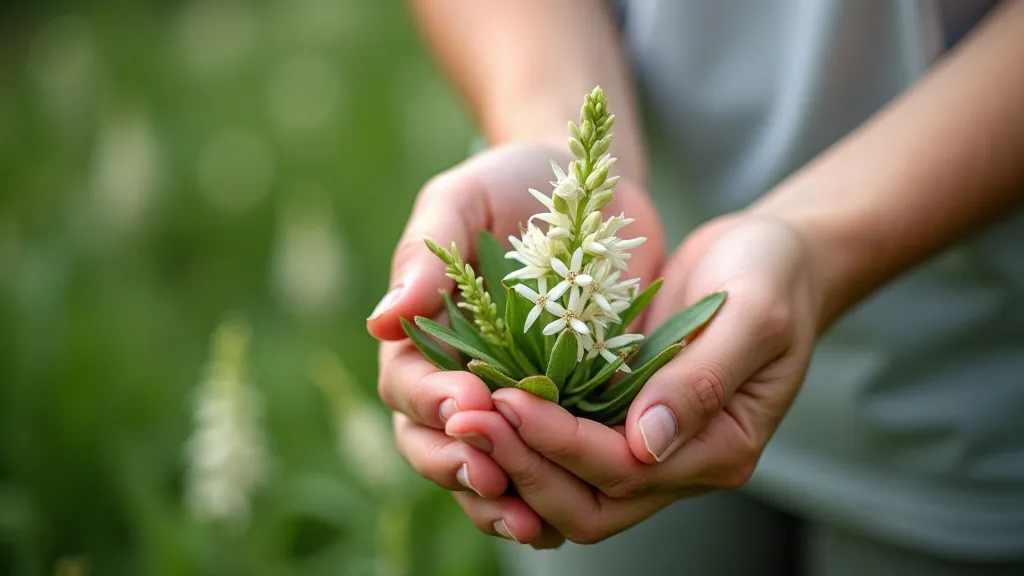
Integrating Asphodel into Your Herb Garden: Aesthetic Considerations
Beyond its practical benefits, Asphodel can add a touch of understated elegance to your herb garden. Its graceful form and delicate white flowers provide a welcome contrast to the more boisterous herbs. Consider planting it near pathways or borders, where its form can be appreciated. Its resilience also makes it a perfect candidate for areas that are challenging to cultivate. Just as a master craftsman carefully selects components to build a harmonious instrument, consider the visual impact of Asphodel within your garden’s overall design. It’s not about dominating; it’s about contributing to a sense of quiet beauty.
Culinary and Medicinal Uses (with Caution): Respecting Tradition
Historically, Asphodel has been used in traditional medicine, though modern scientific evidence supporting these uses is limited. The leaves and bulbs have been used for various ailments, including respiratory issues and digestive problems. However, it’s crucial to exercise extreme caution. Asphodel contains potentially toxic compounds, and consumption is not recommended without expert guidance. Focus instead on admiring its beauty and appreciating its historical significance. The knowledge of traditional uses, while fascinating, should be treated with profound respect and handled with expert knowledge; a poorly informed attempt at self-treatment could have serious consequences. Appreciating the story behind the herb is often a greater reward than ingesting it.
The Enduring Appeal: More Than Just a Plant
Cultivating Asphodel isn't just about growing a rare herb; it's about engaging with a living history. It’s about connecting with a tradition of resilience, beauty, and a touch of melancholy. Like the careful restoration of an antique accordion – a labor of love that reveals the enduring artistry of a bygone era – tending to Asphodel rewards patience, observation, and a deep appreciation for the delicate balance of nature. It’s a journey into a verdant labyrinth, and the rewards are immeasurable.


